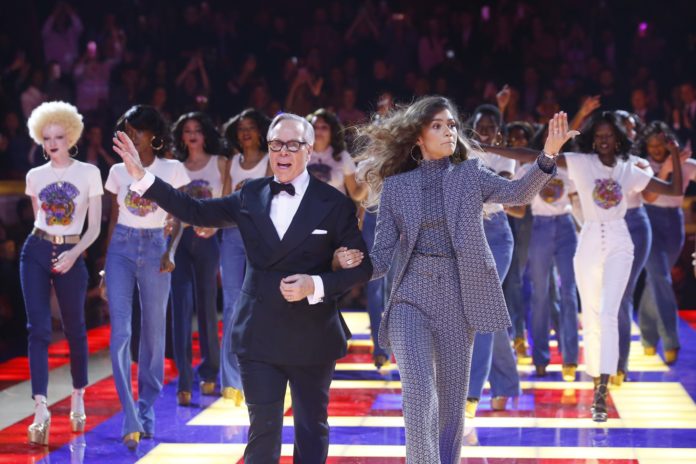
Lindsey Reynolds | Reporter
Fashion month concludes Tuesday in Paris. Thousands of looks designed by the most prestigious fashion minds across the globe graced the runways in New York, London, Milan and Paris. Some of the looks appeased the industry’s elite, while others highlighted social taboos that left the masses with their jaws on the floor.
Burberry retracted designs that generated social outcry amid the industry and the public. Among this season’s designs, the label released a sweater with a drawstring resembling a noose. The sweater was interpreted as a sinister reminder of past lynchings and present suicide numbers.
Liz Kennedy, a runway model for Burberry and other couture brands, made a statement via Instagram about her thoughts on the sweater.
“Suicide is not fashion,” Kennedy said. “It is not glamorous nor edgy.”
Kennedy expressed her disappointment for the brand’s negligence, and continued to describe her experience during her fitting for the London Fashion Week show. She said while backstage, the crew hung up the sweatshirt to fix the knot and laughed about its resemblance to a noose.
Burberry released an official apology days following.
“We are deeply sorry for the distress caused by one of the products that featured in our A/W (Autumn/Winter) 2019 runway collection Tempest. I called Ms. Kennedy to apologize as soon as I became aware of this and we immediately removed the product and all images that featured it,” Marco Gobbetti, CEO of Burberry, said in a statement to E! News. “Though the design was inspired by the marine theme that ran throughout the collection, it was insensitive and we made a mistake.”
This is not the first instance of brands being called out for insensitive designs. Gucci, Prada, Katy Perry, Zara and others have had to retract products resembling blackface and neo-Nazist themes from their collections in recent years.
San Antonio junior Melanie Moon is a fashion merchandising major and expressed her thoughts on the recurring issue of negligence in representing people of color in the fashion industry.
“Diversity is really difficult for some reason in fashion to get exactly right,” Moon said. “We have seen that recently with the black face by Gucci, the offensive merchandise created by Burberry. We’ve talked about the Gucci and Burberry mishaps in class, and we really think it’s purposeful. The designers don’t really sound that apologetic, and if you’re selling to a specific market, you need to be educated.”
Although fashion month began grimly, a collaborative collection by American actress and singer Zendaya Coleman and fashion powerhouse Tommy Hilfiger made a statement in Paris with their runway show that featured models of many shapes and sizes.
The ’70s themed collection emphasized black and women empowerment, immediately following Black History Month and entering Women’s History Month.
“This whole night is about a tribute to these women, and the new women that are coming up, but also the women who paved the way for all of us to be here,” Coleman explained in an interview with W Magazine. “I think it’s about celebrating all they’ve done for our industry and our community.”
The ‘Tommy x Zendaya’ collection casted over 70 women of color, in an array of shapes, sizes, ages and nationalities. Grace Jones closed the show as a tribute to the iconic black women of the ’70s.
When asked about the show, Moon explained that Coleman’s casting was an outstanding display of inclusion to a market not usually represented during fashion weeks. She said that variance of both color and size is a rarity to European couture and is only just becoming prominent in the American fashion market.
“Growing up, something I wanted to see when I walked into a store was to be represented. Now as more companies and brands are starting to use men and women of color in their advertising campaigns or in runway campaigns, it’s allowing them to tap into different markets that they didn’t originally think of,” Moon said. “It just shows everybody can be included and everybody should be included, and that you can tap into so many markets if you do it tastefully, with good intentions and with your consumer in mind. That’s what Zendaya did.”
Live coverage of the shows and events can be found on FashionWeekOnline.com/live or on Vogue.com.





